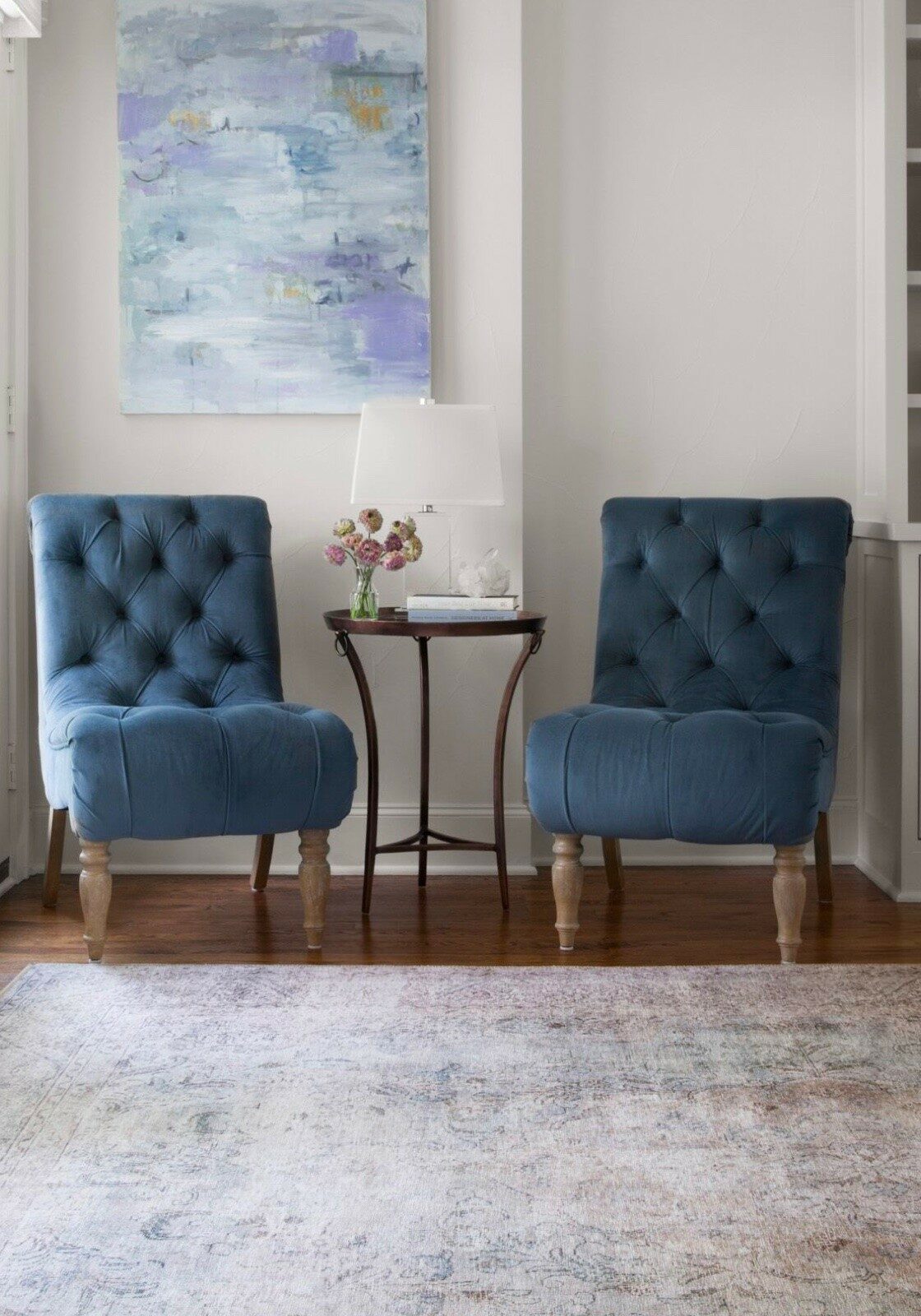Shop online today!
Area rugs add style and comfort to any room. They are the finishing touch that ties together the colors and textures in your interior design. Plus, area rugs protect your hard surfaces, meaning your floors will last longer. You can change the look and feel of your room easily with an area rug because they come in a large selection of colors, patterns, and designs. Size and placement can make a small room feel larger or help a larger room feel cozier. No matter your needs and look, we have an area rug perfect for you. Browse our online selection of area rugs to find a product perfect for you.





